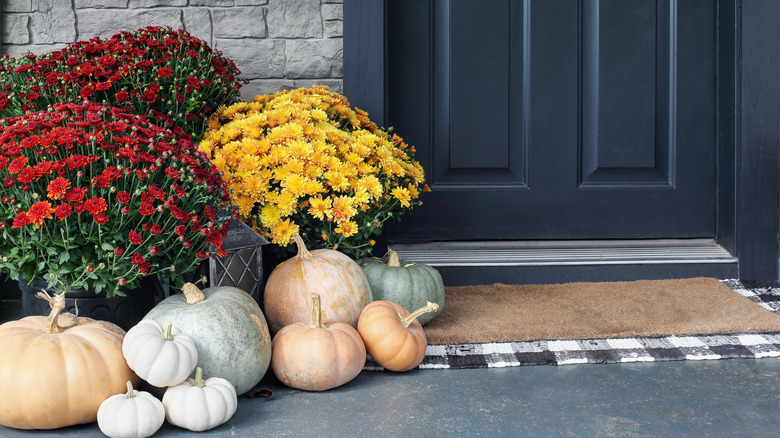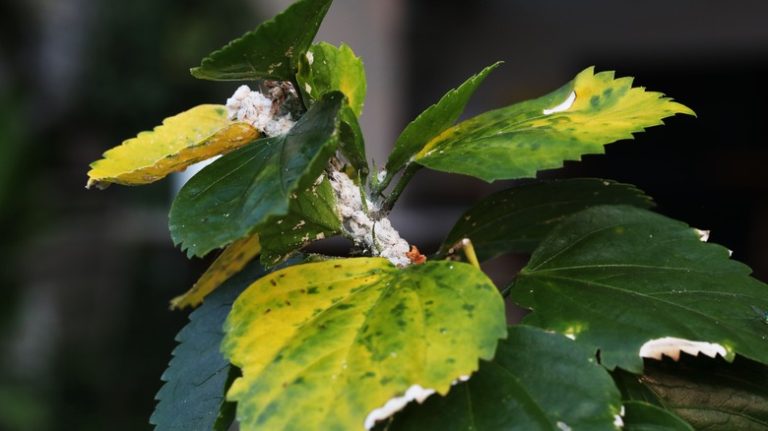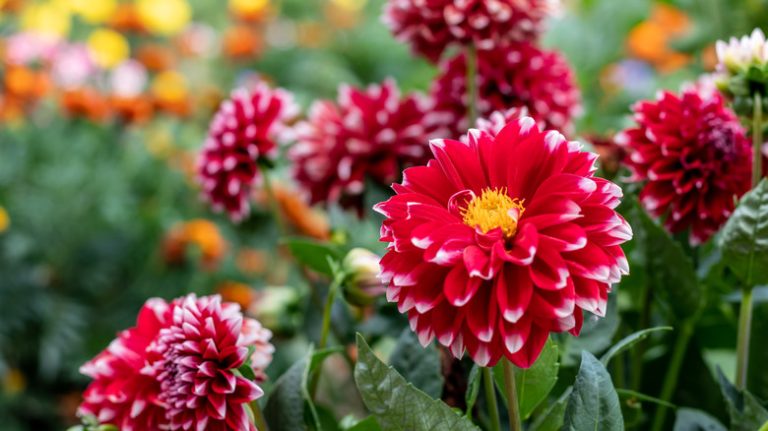Caner Demiroğlu/Pexels
While ladybugs are certainly beneficial to a home garden, the insects can be a little bit of a pain when large numbers of them find their way into your home. Ladybugs, also known as lady beetles, start searching for warmth during the fall months and are drawn to the heat from your home. Ladybugs tend to hibernate in groups, so if you spot one, more than likely, there are several others.
There are over 475 species of ladybugs in North America. They come in bright shades of red, orange, and yellow and have distinct black spots on their backs. Ladybugs are mainly known to be beneficial insects in gardens, but there are invasive kinds too such as the Asian lady beetle, which can cause quite a bit of damage to your property. When stressed, they secrete yellow-colored blood with an unpleasant smell and can stain your furniture, walls, and floors — gross! To make matters worse, the insects release pheromones to communicate with each other when crawling around — this ends up attracting more ladybugs and can cause a full-out infestation. The good news is there are ways to get rid of ladybugs inside the house, and one option is quite natural. Ladybugs despise mums and will do their best to avoid them, a reason mums are a popular choice for a natural pest repellant.
Place mums by doorways and windows

Mums are vibrant perennial flowers that contain a chemical that has a potent pest-repellant property called pyrethrins — it is a natural insecticide that messes with the nervous systems of pests and can sometimes kill them altogether. The ingredient is commonly used in insect repellants, lotions, and even shampoos that kill lice. In the case of ladybugs, the smell of the pyrethrins in mums confuses the insects, so they naturally try to stay away.
Because ladybugs tend to slip through any openings or cracks in homes, it is recommended to place mums by doorways and windows or place cut flowers in a vase inside. Surrounding your home with mums in the fall is ideal because that’s the usual time ladybugs start looking for a warm place to stay over winter. Although the strategy is a safer option compared to using chemical insecticides, it should be noted that mums are somewhat toxic to pets, so be careful where you place them.
Choose varieties that can survive into the winter months

Some hardy mum varieties can withstand very cold temperatures and last well into the winter, so they can be ideal for pest control. Varieties such as ‘Autumn Fire’ and ‘Burnt Copper’ do well in the cold, as well as ‘Maroon Pride’ and ‘Rose Blush.’ Your local garden store will have the best options for your region and climate. If you’re lucky enough to live in Hardiness Zones 4 to 9, your mums can survive year-round.
To make sure your mums last, they need up to 6 hours of direct sunlight and prefer well-drained soil. They come in earthy-colored varieties such as yellow and orange, which are perfect for late autumn, and also come in shades of pink, giving your front porch a pop of color in early winter. You can also follow tricks for planting your potted mums so they’ll come back each year.
Planting mums is a great way to naturally keep ladybugs out of your home. Other steps you can take include keeping the lights around your home off when you can and preventing heat from escaping your home by making sure the insulation is snug and sealing any gaps or cracks.



